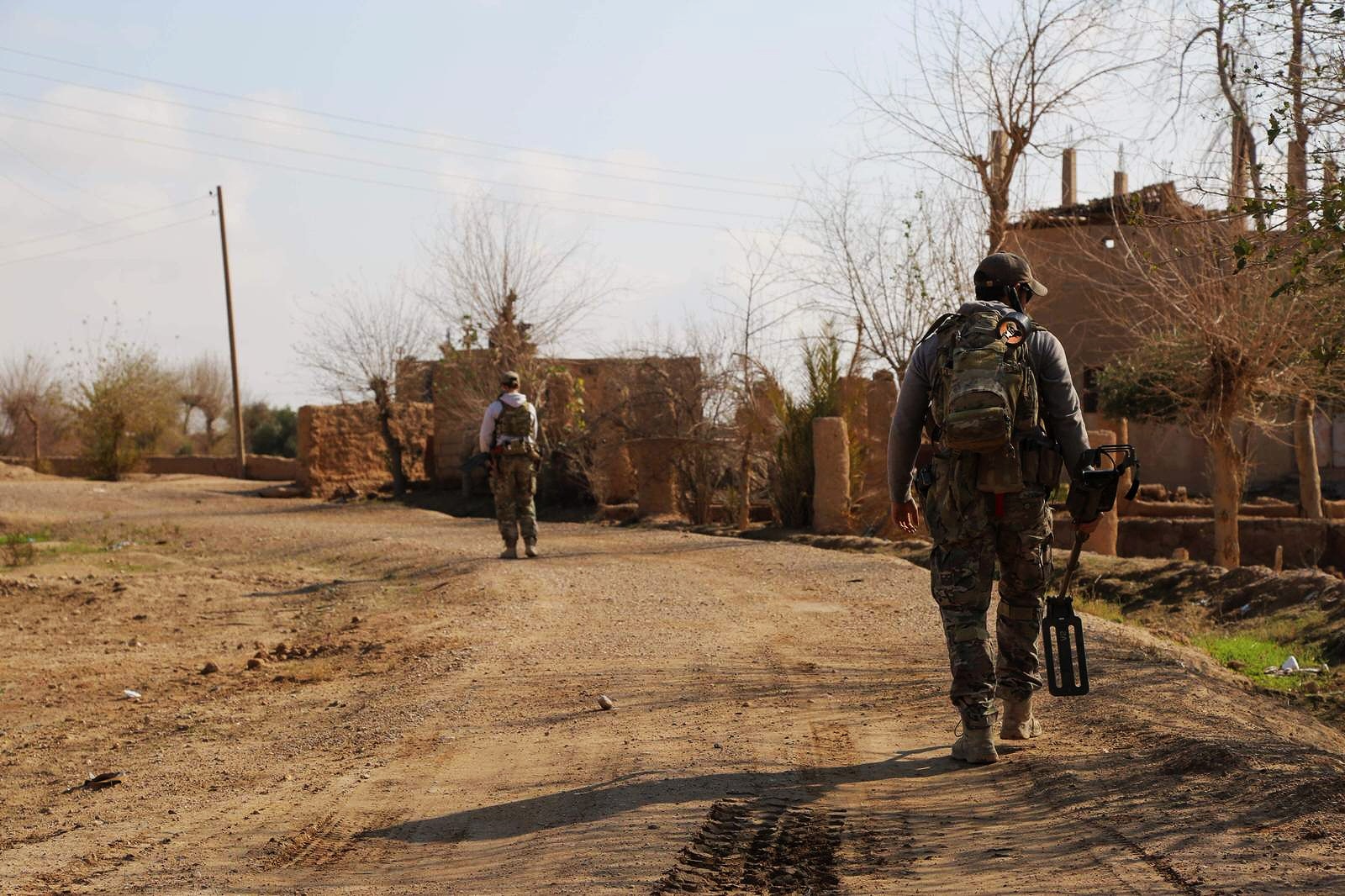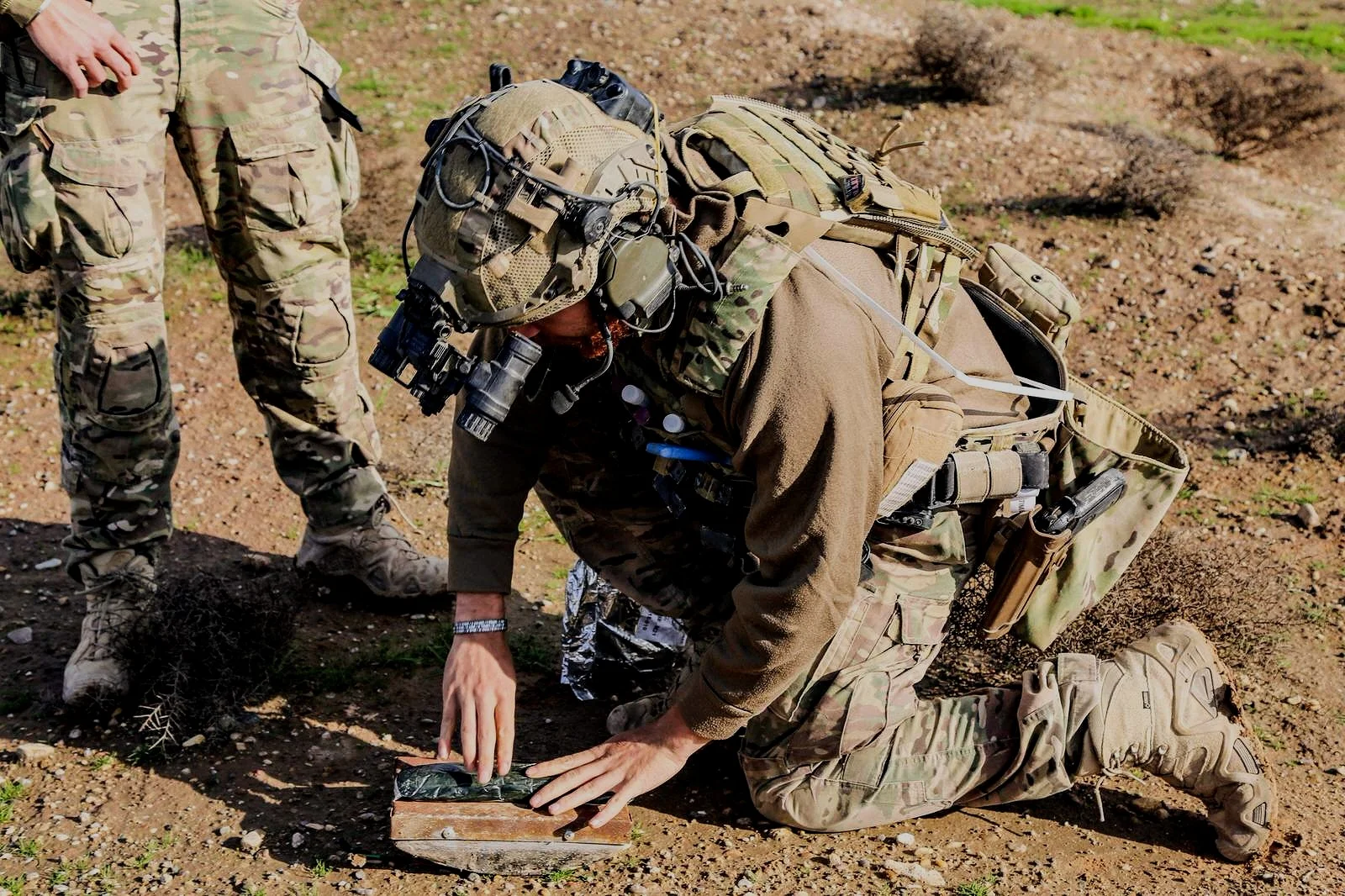EOD OR EXPLOSIVE ORDNANCE DISPOSAL 3E8X1
WHAT is EOD?
Air Force Explosive Ordnance Disposal technicians are experts who identify, render safe, and dispose of explosive threats around the world. AF EOD specializes in a wide variety of fields, ranging 9 total mission areas. They are the quintessential “enabler,” ready to be attached to a variety of conventional military, Special Operations Forces (SOF), and Civilian Law Enforcement (LEO) teams, helping them accomplish their missions safely-domestically and abroad.
EOD stepped into the limelight early in the Global War on Terror (GWOT), when the enemy began using their most devastating weapon: the Improvised Explosive Device. Since then, EOD has become a necessity for any combat operation, providing our troops freedom of movement and the ability to mitigate any explosive threats hindering mission success.
How is EOD different than the AF Special Warfare specialties?
AF EOD is not currently part of Air Force Special Warfare (AFSPECWAR). EOD and SERE specialists fall under “Combat Support,” conventional career fields with unique specialties that enable both conventional and SOF missions. EOD flights are typically part of Civil Engineering squadrons. While we are typically conventional forces, we execute a mission far outside typical AF tasks, making us a middle ground between “Big AF” and “higher speed” forces. For recruiting purposes, however, EOD recruitment is handled by AF SORs, not normal AF Recruiters.
EOD is one of the only military specialties with this much joint infrastructure. All 4 branches contain EOD elements, and all technicians complete initial training at the Navy’s School for Explosive Ordnance Disposal (NAVSCOLEOD). Over the last 19 years of conflict, we’ve repeatedly demonstrated our tactical expertise alongside the Army and Marine Corps. That reputation has carried on to present day, making AF EOD sought after by all ground combat elements. We specialize in Aircraft operations, but are just as ready as any of our Army, Marine, or Navy EOD comrades to fill the role of joint combat enabler, whenever and wherever a unit needs us.
Additionally, we have been a gender-neutral career field long before the Congressional mandate. Female EOD techs have been fighting right alongside male combat units since the GWOT began.
What does a successful EOD candidate look like?
BLUF: Mentally-flexible, fit, thick-skinned, critically-thinking team players ready to do whatever it takes to accomplish the mission.
EOD is an inherently dangerous job, requiring a cool head under pressure. We need individuals who can critically think with minimal resources to resolve complex obstacles.
We are seen as competent problem solvers by most of the military, meaning we’re often depended on to work outside our traditional skill set to get missions done. Being an EOD tech means you need to be a flexible team player, ready to do whatever it takes for the team to win, without having to be told to do so (e.g. pulling guard while deployed, sweeping the barracks, driving vehicles, triaging medical patients, running ammunition to a gunner, hanging mortars with the grunts, taking initiative to correct issues in equipment loadouts, etc.). Being attached to a team as an enabler means: do EOD things when it’s time to EOD, then go back to whatever the team needs you to do.
Additionally, fitness is key. Our pipeline isn’t a SOF selection; we don’t need Olympic-level athletes. But we need people who prioritize fitness. Your fitness ties directly to your ability to: stay mentally sharp on mission, get your team and your equipment out of dangerous spots to safety, and maintain a professional image that the rest of the Air Force can look up to.
Resilience is a major key to success in the pipeline and beyond. EOD techs have some of the darkest humor in the DoD, and for good reason: humor allows you to process overwhelming situations. If you can laugh about it, you can compartmentalize bad things and keep your cool under pressure. That also means having thick skin during training and after. You will get razzed as the new guy; it’s not to haze you or “just because.” We want to see if you’re capable of handling that external pressure and still performing. Don’t be nervous or angry about those experiences: 1) Everyone has gone through it before you, 2) It’s a chance for you to strut your wit and your ability to laugh at yourself, 3) Those “trials” prepare you for joint taskings down the road, where the units you’re supporting will do the exact same thing to “test the new Air Force EOD guy.”
In training, take advantage of every offered study hall, extra practical problem, or “office hours” from instructor cadre. Take your studies seriously; your job is to pass. Burn the boats. Your effort will pay off at test time, and the instructors will take note of your effort (or lack thereof).
Your reputation as an EOD tech starts in the pipeline. From the second you step off the bus at Prelim, you are under scrutiny by an extremely tight-knit, and protectively selective, group. The first thing shops will do when you show up on their books after NAVSCOL is call the instructor cadre and ask about your performance and reputation. Set yourself up for success.
When do I take the PAST?
Like other AFSPECWAR candidates, EOD candidates will take the PAST prior to AFSC assignment at MEPS.
EOD does not currently attend the Battlefield Airmen Prep Course or Assessment & Selection. EOD candidates go from BMT to Sheppard AFB, TX, for AF EOD Preliminary Course. The 26-day course physically and mentally tests/prepares candidates for NAVSCOLEOD, but is not a typical “SOF Selection.” Rather, both the Preliminary Schoolhouse and primary EOD Schoolhouse “weed out” candidates through rigorous academic/practical standards throughout the 8-10 month process. If you meet the objective marks of both courses, you will pass.
How is the pipeline for EOD?
USAF AF BMT – Lackland AFB, TX (2 months)
AF EOD Preliminary Course – Sheppard AFB, TX (1 month)
Approximately 30 days, EOD Prelim will introduce you to the basics of sports medicine/training, teamwork, and core EOD concepts in preparation for Eglin. Prelim will be more physically intensive: rucking, small unit tactical movements, and daily Physical Training should be expected. Academically, students will be exposed to a wide variety of new subjects at a blistering pace, and be expected to quickly recall and retain that information in a practical setting.
NAVSCOLEOD – Eglin AFB, FL (8-10 months)
The Navy’s joint service school provides a level playing field of basic EOD training to every branch, ensuring we can all integrate in joint EOD operations. Students will begin learning how to operate in a joint environment, while maintaining the same blistering learning pace from Prelim. NAVSCOL is split into divisions, each being several weeks long. Students will learn concepts in a classroom environment, spend time employing them in practical exercises, then test on those same concepts within days. Learn, Do, Test, Rinse, Repeat.
Divisions include:
Demolition (Explosive effects, safety, theory, and live demolition)
Tools and Methods
Core (Basic EOD skillsets)
Ground Ordnance
Air Ordnance
IED’s
Chemical/Biological Ordnance
Radiological and Nuclear Ordnance
Attrition falls between 40-65% at NAVSCOLEOD.
Initial Skills Training – Assigned Unit (12 months)
After completion of NAVSCOLEOD, you will don your EOD badge- the “Crab.” But that’s just the beginning. Upon arrival to your first duty station, you will undergo 12 months of unit-specific upgrade training to become a fully-fledge team member, building on what you learned in NAVSCOL. After upgrade training, you will be a Journeyman, capable of operating with minimal supervision and ready for more advanced training.
What training schools can EOD techs attend?
EOD does not attend the same specialty training as AFSPECWAR candidates. We currently do not attend SERE-C, Static Line Parachutist (Airborne)/Military Free Fall, or Combat Dive. However, AF EOD techs are welcome to attend Army Air Assault, Pathfinder, and Ranger School following initial skills training.
Although we don’t go to many advanced insertion schools, our training TDY frequency is very high, with the course options only being limited by funding and manning. Some of the possibilities include: advanced tactics/shooting, advanced tactical medicine, advanced electronics and circuitry, federal Homemade Explosive production, Post Blast Analysis forensics, advanced IED Defeat, Covert Entry techniques, Marine Corps Mountain Warfare, Threat Assessment, and more.
What do deployments look like for EOD techs?
Just like all the AFSPECWAR career fields, deployments have slowed down drastically since the height of the GWOT, when EOD teams were commonly on a 1:1 dwell time (6 months deployed, 6 months at home). That being said, teams still deploy across the world, including the Middle East, Africa, and Asia. Many deployments are to back-bases, lacking a combat mission but filled with ordnance responses, range work, and training. However, AF EOD teams are still deploying outside the wire in areas like Syria and Afghanistan. EOD techs can currently expect to (on average) deploy (180 day rotations) once every 2-3 years.
What do EOD techs do day-to-day?
Most EOD flight schedules resemble something like:
0700-0830 Flight Physical Training
0900-1100 Training or Administrative (Section Work)
1100-1200 Lunch
1200-1600 Training
Our schedule looks very loosely-structured, and that’s purposeful. We’re constantly TDY (temporary duty; “work trips”), either training or supporting operational missions. Some of the missions we support:
Base Support/Civil Authority Support
Our primary concern will always be supporting our assigned base and its flying mission. That includes responding to Aircraft ordnance emergencies, possible crashes, or discovered off-base munitions.
We also partner with our civilian LEO counterparts to mitigate improvised explosive threats in the surrounding area. Most cities don’t have a bomb squad, so nearby military EOD units fill the gap, assisting with anything from disposing of old dynamite to safing pipe bombs found during a warrant search.
Aerial Bombing Range Clearance
1-4 weeks clearing a variety of Air Force bombing ranges of dud-fired munitions (Nellis AFB, NV/Hill AFB, UT/Eielson AFB, AK/Outer Banks, NC, etc.). AKA paid vacations to ride ATV’s and blow things up.
Secret Service Very Important Person missions
EOD Techs help clear areas of explosive threats for a variety of dignitaries, cabinet members, or other VIP’s, wherever that may be: Washington D.C., Philadelphia, Los Angeles, Iceland, Egypt, Cambodia….the list goes on.
These taskings include paid travel and per diem to and from site location, a generous civilian clothes allowance, and the opportunity to work alongside all 4 branches’ EOD and federal partners.
JPAC Recovery Missions
The Joint POW/MIA Accounting Command (JPAC) is responsible for recovering the remains of missing service members scattered across the globe, including (but not limited to) Vietnam, Laos, and the Philippines. EOD plays a direct part in these missions: identifying and rendering safe leftover military ordnance inside the recovery site. We keep the recovery team safe, and ensure the remains of American heroes are returned to their families.
SOF Support
AF EOD’s primary mission is not SOF support. However, it is a mission we have executed in the past, and still currently execute. With the SECAF Special Warfare 2030 vision, EOD could play a part in a unilateral AFSPECWAR construct, but that potential concept is years away. Right now our mission revolves primarily around supporting the flying mission and enabling airpower any way we can.
That being said, for those teams fortunate enough to be tasked with a SOF-support deployment, AF EOD is expected to be a paramount critical enabler. SOF teams are incredibly small, and typically undermanned, making do with what they have. That means that when EOD work isn’t present, we have to help the team accomplish whatever task needs to be done: pull security, help drop mortars, drive trucks, build up defensive positions, do recon patrols, and even assist team medics triage mass casualty situations. EOD techs are heavily sought after for their reputation of readily working outside of their assigned roles. We are the ultimate force multiplier.
What can I do to prepare for EOD School?
Academically, there’s minimal preparation you can do, due to the sensitive nature of the information. Being very proficient in simple math (basic long division/multiplication), reading/writing at a collegiate standard and speed, and having efficient short hand for note taking are all skills that will benefit you.
Physically, candidates are encouraged to workout in accordance with their developer’s plans. However, focusing on running, rucking, “big” lifts (i.e. Squats, deadlifts, Pull-Ups), and grip strength/endurance exercises will all come in handy during the pipeline. A strong “engine” cardio base, paired with strength and agility, makes for a deadly combo on the battlefield or in training.
EOD PAST Info
Current Entry PAST Requirments:
3 or more Pull-Ups in <2 minutes
1.5 mile Run in <11 minutes
Where can I find out more about becoming EOD?
Airforce.com https://www.airforce.com/careers/detail/explosive-ordnance-disposal-eod/
Email: usafEODrecruiting@gmail.com
IG: @JoinAirForceEOD
FB: “Air Force EOD Candidates”















Merit Davey has been an Air Force EOD technician for 5 years. He has been fortunate to train alongside several SOCOM and Joint SOF partners in his career, in addition to supporting dozens of Secret Service VIP missions, range clearances, and UXO responses.